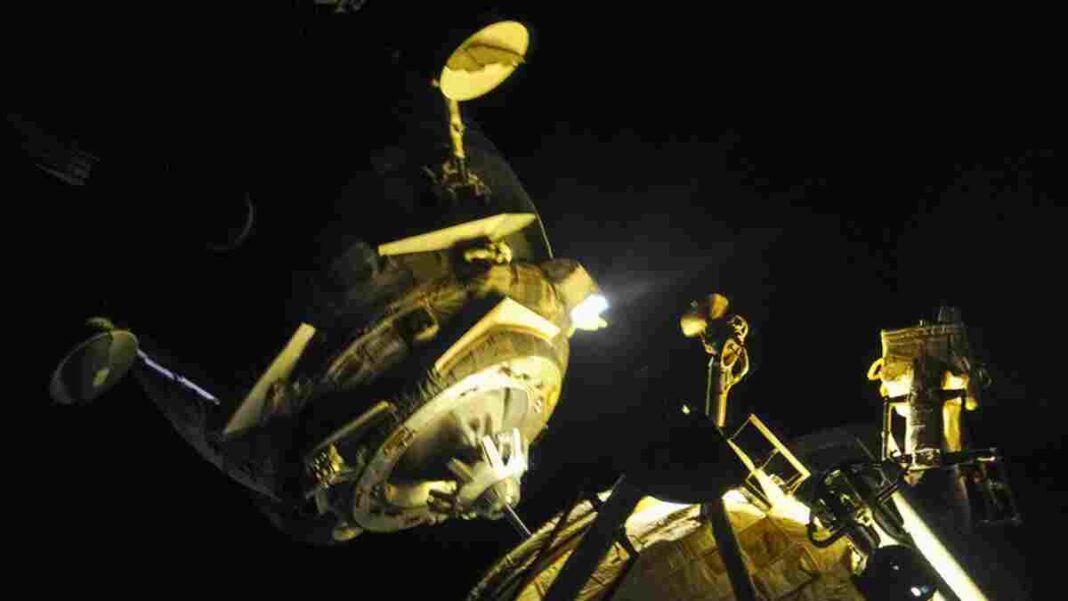UNITED STATES: As Moscow continues its invasion of Ukraine and attacks its important cities, there is a continuing indirect conflict between the United States and Russia.
Sanctions have been put on Russia by the West, led by the US, but there is one area where collaboration might continue: space exploration.
After a micrometeoroid hit a Soyuz spacecraft last year, the two nations are working together to formulate a mission to rescue people from the International Space Station.
The spacecraft, which was supposed to return with two Russian cosmonauts and one American astronaut, will now do it without them.
After concluding their investigation into a coolant leak on the Soyuz MS-22 spacecraft parked at the International Space Station, NASA and the Russian space agency, Roscosmos, are jointly modifying the flight plan for the station.
The Soyuz MS-22 spacecraft, according to the two space agencies, is not practical for a routine crew return but is ready for a crew return to the space station in an emergency.
Russian engineers are sure that the capsule can land safely and survive re-entry. Still, because it cannot dissipate the heat produced by computers and other equipment, the cabin temperature may rise to the low 40s Celsius with high humidity.
According to a NASA blog post, the Soyuz MS-23 spacecraft will take its place as it launches into space without a crew.
On February 20, the spacecraft will launch to the Space Station to rescue the three astronauts whose mission has been extended and who are currently without a crew vehicle in orbit.
After spending several more months on the station, NASA astronaut Frank Rubio and cosmonauts Sergey Prokopyev and Dmitri Petelin will depart in the replacement Soyuz for Earth. In the now-damaged Soyuz spacecraft, they had arrived at the Space Station.
In March, two Russians and one American were supposed to launch this new Soyuz to replace the three people already in orbit.
When another capsule is prepared for them, this new crew can fly in the late summer or early fall.
The American space agency stated: “NASA has been working with Roscosmos throughout the investigation and will continue to work with its Commercial Crew Program and partners in Canada, Japan, and Europe to revise impending flight dates over the next few weeks.”
The prospect of utilizing the Personnel-5 spacecraft to return additional crew in the event of a station emergency before the arrival of Soyuz MS-23 is also being discussed by officials with SpaceX.
“Following Soyuz MS-23, NASA and SpaceX are poised to launch the Crew-6 mission while integrating the aforementioned manifest revisions. The direct transfer between the Crew-5 and Crew-6 missions is still NASA’s intention,” NASA said.
Also Read: NASA Examines Orion Spacecraft after Its Return from the Moon



